Vaccination: A Case Study of Measles to Chickenpox, Part 4 of 5
Posted at 16:33
This is a continuation of my vaccination series. You can find the previous parts below this paragraph in the table. This part is going to be covering what a vaccine actually is, such as inactivated versus attenuated. After that I will go over 2 different case studies of vaccines: chicken pox in USA and UKand measles in the USA. A note on my referencing style, a lot of the information present in this may come from specific references so instead of directly referencing an item each time a specific source is used for information, I am instead putting sources that have information for the paragraph at the end and only doing direct citations if there is a direct quotation. The reason for this is because there is a lot of overlap in the sources meaning that it is difficult to say where the information actually comes form. As I said, direct quotations from a source will have direct citations though!
| Part 1 | From Inoculation to Eradication |
|---|---|
| Part 2 | The Immune System of Phagocytes |
| Part 3 | T Kill that Which Isn't Living |
May I just say that some of my names are horrendous. I honestly question why I decided to pick them but I did so here we go.
What Are Vaccines
Through this series we talked about the immune system, viruses, antigens, and more but we haven't talked much about vaccines which is what it is supposed to be about. Now there are many types of vaccines: there are vaccines that use a weakened yet active strain of the pathogen so that your immune system can fight it , there are vaccines that contain only completely inactivated forms of the pathogen or only its antigens, there are vaccines that work purely for toxins, and most interestingly is some vaccines work by taking the antigens of something that doesn't incite an immune response and putting it onto something that does to make the primary item incite an immune response these vaccines are called attenuated, inactivated, toxoid, and conjugate vaccines respectively. There is another type of vaccine called subunit vaccines but for now I am going to lob subunit and inactivated together[t1][pe1].
Live Attenuated Vaccine (LAV)
A LAV is a vaccine that uses live pathogens that are generally weakened in lab like conditions to a point where they are extremely unlikely to be able to cause infection, most of the time. This being stated, there is a chance that an LAV can become infectious again but depending on which vaccine will change the likelihood. There is one vaccination that I would like to point out which was an LAV that you should all know about, the smallpox vaccine used to eradicate smallpox. In this case it used the cowpox virus (as discussed in part 1) was used to create an immunity to smallpox because the cowpox and smallpox virus are so similar that mechanisms in our body were able to recognize both. The thing though is that not all viruses have an inert counterpart that we can use to immunize ourselves so instead we sometimes, like with polio, weaken the virus by through a number of ways, such that the viral capsid and genetic material are intact, and inject that into the patient. [t2] [t3] [t4] [t5] [t6] [t7]
Inactivated Vaccines and Subunit Vaccines
Inactivated vaccines are made from specimens that have been destroyed, killed, or generally are completely inactivated. Subunit vaccines are vaccines made purely of the antigens of the specimen. Most vaccines that I had looked up fit into this category (rabies, flu, etc) meaning that a majority of vaccines cannot cause infection. I could not find a complete list of all vaccines with classification but if I do then I will add it as a source. Some vaccines have both a live attenuated version and an inactivated version (such as polio) which allows for a more diverse set of options.[t8] [t9]
Case Studies
Chickenpox
Chickenpox is interesting because many countries still do not vaccinate (either due to cost or otherwise) and the reason is interesting. If you had chickenpox as a child then you were extremely unlikely to have complications, then as an adult when you had kids and they got chicken pox, your contact with them acted as a booster shot to strengthen your immunity against it. If you get chickenpox as a young adult or as an adult then the risk of complications increases exponentially and can lead to death though. The reason why it was interesting is some countries (like the UK) have only recently gotten on board with the chickenpox vaccine because there was worry that without children getting sick then there would be nothing to boost your immunity allowing for an epidemic later in life of chickenpox. The truth about this vaccine is strange though, some people have been found to retain immunity for only a few years while others have gone 20 years and still have a strong immunity to the virus[t10]. As of 2014 though the UK has started to recommend the vaccine to those that will come into contact with infected pupils (i.e. healthcare workers, teachers, etc) but otherwise is still an optional vaccine.
Measles
Vaccinating against measles has decreased the rates of measles caused fatalities by 75% between 2000 and 2013[t11] and yet still people refuse to get the measles vaccine for their children. Measles, although having a low fatality rate, is super contagious. Because of this, it can very easily spread to many people, even in a population that has a high vaccination rate. For instance, from January 4thto April 2nd, in the USA, there were 159 diagnosed cases of measles and, of those cases, 111 were linked to a single exposure in Disneyland. The majority of those infected were not vaccinated or unknown whether they were or not<[t12]. 2014, 2 unvaccinated Amish men brought measles into their community creating an outbreak of 389 people diagnosed[t13]. The cases go on, but I think the best case, for the united states, is a case that happened in 2015 when a women passed away due to complications with measles while she was taking immune suppressants meaning her immune system wouldn't have been able to fight off the virus. If she had never come into contact with the virus, she would be alive as there is no treatment for measles[t14]. The thing is that anyone whom is unvaccinated is more likely to become infected and when someone becomes infected they act as a vector (a method for the disease to spread) and can increase the chances of someone getting infected and not being able to fight off the virus. If the virus is unable to spread.
This is not meant as a witch hunt for those that do not vaccinate. This is about providing information as for why you should and potentially get more people to vaccinate. The problem with this subject is so many people spread around misinformation on how vaccines work or about what is in them and can scare people. This is the topic of the next post. I will be taking a bunch of misconceptions (such as vaccines causing autism) and debunking them. As I showed with the chickenpox case study, sometimes there are reasons not to promote certain vaccines but what I didn't say is when how to find out which ones you should and shouldn't. If you live in a country that promotes the chickenpox vaccine, then get it but if you do not then maybe it isn't as big of a deal as those countries are more likely to inoculate. Vaccination saves lives two ways: first by preventing people from getting sick once they are vaccinated, and secondly by preventing people from spreading the illness to those around them... but vaccines do not work 100% of the time. So the best way to prevent a vaccine from failing is to reduce the number of times you are testing it. If you have a vaccine that is 99% effective and you come into contact with 100 people that are sick with what that vaccine protects against then you, rudimentary, have a 63% chance of getting sick, however the immune system is much more complex but still. I digress, the point is that vaccinations save lives. Thank you for reading! Please give me any and all feedback, I had a lot of last minute edits removing things and changing things so it may sound weird but it was under the suggestions of others to make it more clear. If you want to debate about science then please leave the sources to your arguments as straight up accusations are not constructive, otherwise any and all constructive comments will get upvoted and a response. Have a good day!
Resources
Text
[t1] :: www.vaccines.gov/basics/types/index.html
[t2] :: www.ncbi.nlm.nih.gov/pubmed/25864107
[t3] :: www.ncbi.nlm.nih.gov/pubmed/8157445
[t4] :: www.ncbi.nlm.nih.gov/pmc/articles/PMC3068582/
[t5] :: www.ncbi.nlm.nih.gov/pmc/articles/PMC3253344/
[t6] :: www.ncbi.nlm.nih.gov/pubmed/10099898
[t7] :: www.thevaccinemom.com/vaccine-types/live-attenuated-vaccines/
[t8] :: vaccine-safety-training.org/subunit-vaccines.html
[t9] :: vaccine-safety-training.org/inactivated-whole-cell-vaccines.html
[t10] :: www.ncbi.nlm.nih.gov/pubmed/17360990
[t11] :: www.who.int/mediacentre/factsheets/fs286/en/
[t12] :: blogs.cdc.gov/publichealthmatters/2015/12/year-in-review-measles-linked-to-disneyland/
[t13] :: www.nejm.org/doi/full/10.1056/NEJMoa1602295#t=article
[t14] :: phenomena.nationalgeographic.com/2015/07/02/measles-death-us/
Pictures
[p1] :: commons.wikimedia.org/wiki/File:Airmen_in_Afghanistan_stay_up-to-date_on_vaccines_DVIDS223879.jpg
[p2] :: commons.wikimedia.org/wiki/File:Various_approaches_for_HIV_vaccine_development.jpg
[p3] :: commons.wikimedia.org/wiki/File:Antibody.svg
[p4] :: commons.wikimedia.org/wiki/File:Measles_vaccination_worldwide.png
[p5] :: commons.wikimedia.org/wiki/File:Chickenpox.png
Post Edit Sources
[p31] :: vaccine-safety-training.org/toxoid-vaccines.html
Fun Fact!
Most people, in my experience, do not know the difference between the word forte and forte, they even pronounce them the same way. Now forte is pronounced as "for-tay" and has, traditionally, to do with volume. For instance, in music forte means loud. However when you, or someone else, talks about something they excel at (or don't excel at) you may use the word forte pronounced the same as the word fort. So the next time you are at dinner and someone says that cooking is not their "for-tay" you now know that what they are saying means cooking is not their loud.
Source
Do you enjoy reading or writing topics related to STEM (Science, Technology, Engineering, and Mathematics) then I would suggest checking out @steemstem! They do wonderful work curating the best STEM related posts on Steemit. For more information check out the SteemStem chat room on steemit.chat or check out their Guidlines and start writing.
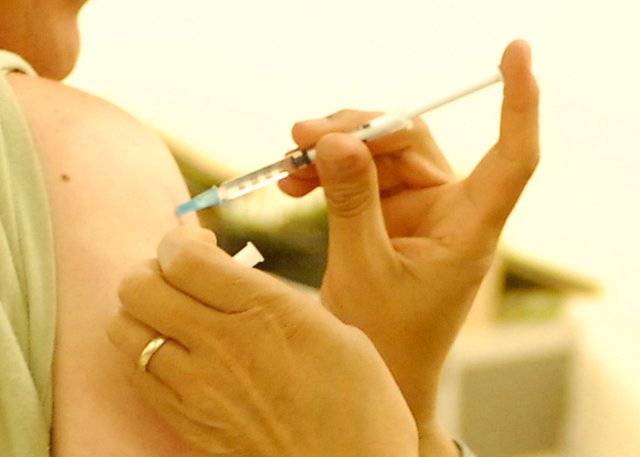
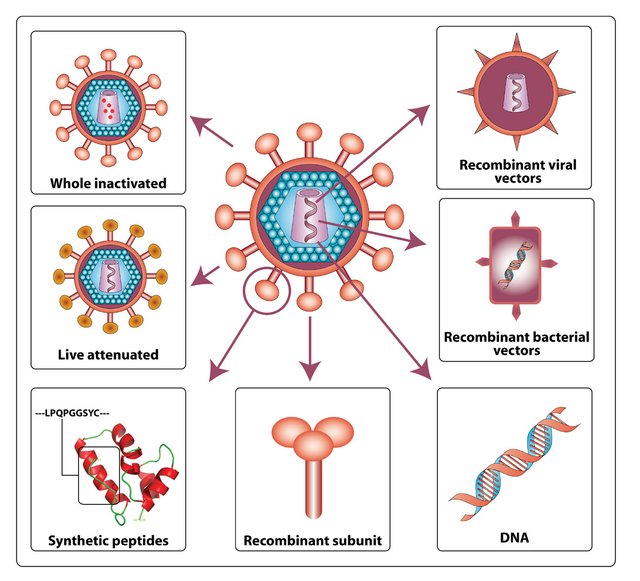
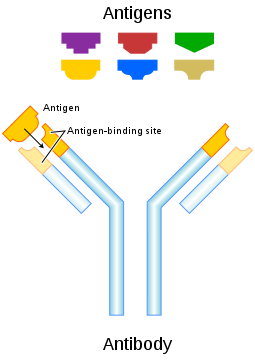
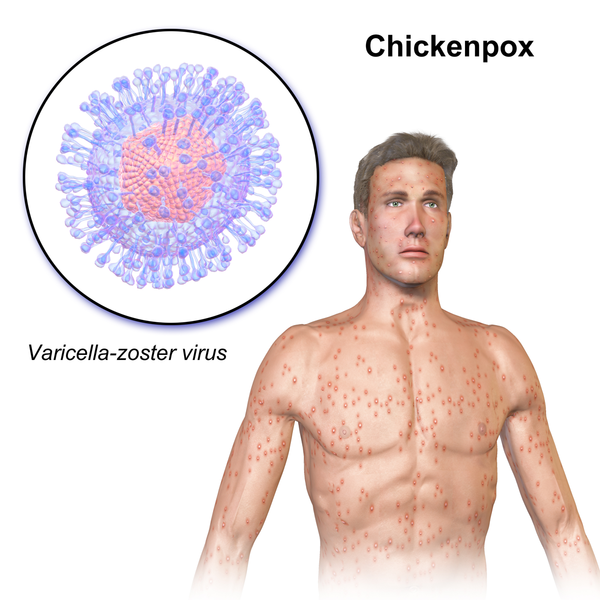
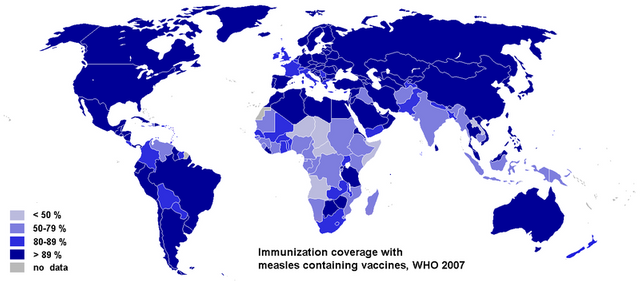








Congratulations! This post has been upvoted from the communal account, @minnowsupport, by opticcncfan from the Minnow Support Project. It's a witness project run by aggroed, ausbitbank, teamsteem, theprophet0, someguy123, neoxian, followbtcnews/crimsonclad, and netuoso. The goal is to help Steemit grow by supporting Minnows and creating a social network. Please find us in the Peace, Abundance, and Liberty Network (PALnet) Discord Channel. It's a completely public and open space to all members of the Steemit community who voluntarily choose to be there.
If you would like to delegate to the Minnow Support Project you can do so by clicking on the following links: 50SP, 100SP, 250SP, 500SP, 1000SP, 5000SP. Be sure to leave at least 50SP undelegated on your account.
Little off-topic... May you tell me what tool(s) do you use for the text formating?
So I would love to show you on steemit but they do not allow for the use of the image element in markdown posts so my original comment (which was beautiful) wont work. How I do it is using the div element from html. Basically to pull stuff to the right I use:
<div class="pull-right"></div>and whatever if between the div tags is pulled to the right. For left it is:<div class="pull-left"></div>Everything else wraps around.
So I manually format my post although I have been working on a python project to do this formatting for me. I don't use markdown unless I have to because I hate it and I wish they enabled more attributes for the div, table, hyperlink, and image elements. If you want I can send you, verbatim, the entirety of one of my posts to you so you can see how everything is done but I just cant send it on steemit.
Also if you look at steemd you can view how people format their post